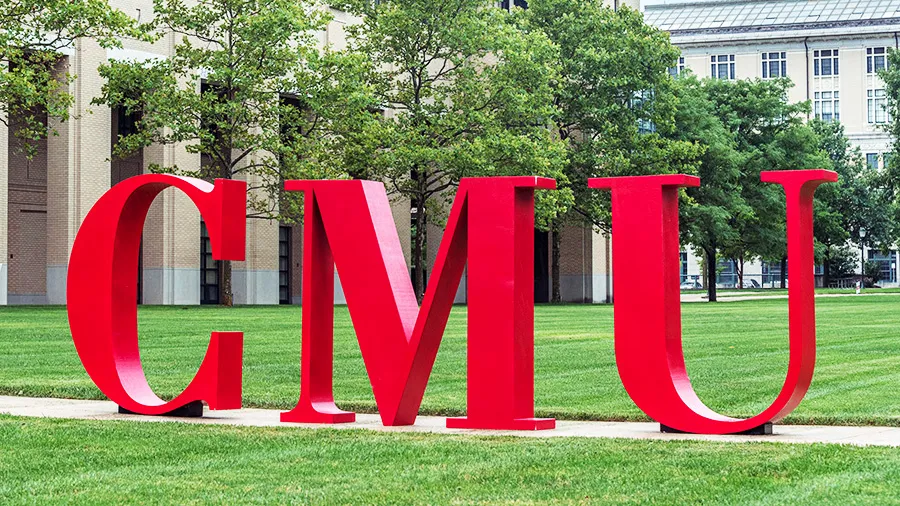
Carnegie Mellon Transfer Acceptance Rate: It might be one of the hardest universities in the nation for transfer students to get into Carnegie Mellon. Less than 60 transfer students make up each class of students, according to recent enrollment statistics.
Nonetheless, it is understandable why someone would be considering transferring to Carnegie Mellon. CMU will be the perfect university for a variety of students because of its focus on interdisciplinary research and education.
Ranking among the top 25 universities in the nation, and possibly having the best computer science program in the country.
By establishing research departments and centers that transcend conventional academic departmental boundaries, Carnegie Mellon showcases its interdisciplinary focus.
Carnegie Mellon University Transfer Acceptance Rate
At a competitive 7.6%, Carnegie Mellon University has a high transfer acceptance rate. It is unlikely that the acceptance rate will increase above 9%, even though it will fluctuate from year to year based on the number of spots available in each class.
By contrast, CMU students’ overall acceptance rate is 17%. For instance, only 53 of the approximately 700 transfer students who applied to the university between 2013 and 2014 were admitted.
Being admitted as a transfer student at CMU is a true honor because there are so few accepted students. It indicates that one was picked out of a very competitive applicant pool.
As was previously mentioned, CMU openly states that they only accept a limited number of transfer students when they are available. They only admit transfers on a minimal basis, as opposed to trying to accept a certain number of them.
However, applicants to the College of Fine Arts will be evaluated as first-year candidates by the admissions staff.
READ ALSO!!!
- UOP Acceptance Rate 2024 For Student
- UW Acceptance Rate for College Students
- Colorado College Admission Acceptance Rate for Students 2024
- Carroll College Acceptance Rate for Students 2024
- College of the Atlantic Acceptance Rate for Students 2024
Application Requirements
While a 2.0 technical GPA is the minimum required of Carnegie Mellon transfer students, a 3.8 will probably need to be taken into consideration. However, a GPA closer to 3.9–4.0 is preferred to be a competitive candidate.
Standardized test results, the Common Application, and transcripts from high school and college are required for the CMU transfer application. Notably, all applicants must submit a letter of recommendation for transfer students; it is a mandatory requirement.
Depending on their area of specialization, applicants to the College of Fine Arts may also need to submit additional materials. A portfolio, an audition, or other examples of one’s creative work could be included.
Carnegie Mellon University Transfer Deadline
The application deadline is February 15th for fall transfers. All additional application materials must be submitted by March 15th, and students will be notified of their admissions status by May 15th at the latest.
October 15th is the deadline for applications for spring transfers. The last day to submit extra supporting files for an application is November 1st, and results must be posted by December 15th at the latest.
Before applying, spring transfers were required to finish one semester of coursework at their previous school. As a result, after enrolling in a school, students are unable to apply to transfer to CMU during their first semester there.
Students in the performing and visual arts must apply to the College of Fine Arts by December 1st and January 3rd, respectively.
READ ALSO!!!
- Fort Lewis College Acceptance Rate for Students 2024
- Otis College of Art and Design Acceptance Rate for Students 2024
- Rollins Acceptance Rate for College Students
- Suny Delhi Acceptance Rate For Students 2024
- VA Tech Acceptance Rate for 2024
How Carnegie Mellon University Selects Candidates?
The Carnegie Mellon admission requirements state that the University takes into account several factors. They look up the class rank, GPA, and secondary school record.
Additionally, they review the results of tests and extracurricular activity participation. In addition, they view the experience as both paid and volunteer work. They release the final list of the chosen candidates following all of these analyses.
Additionally, Carnegie Mellon University assesses students’ comprehension of various capacities. They evaluate and assess which students will be most helpful to them in their future improvement plans.
Thus, applicants who are serious about attending the university need to craft a compelling case. To meet the Carnegie Mellon admission requirements and make an impression on the authorities, they can engage in a variety of activities.
For instance, they can demonstrate their physical activity by playing sports. This will give the administrators the impression that they can support university athletics. They can also engage in other activities to demonstrate their abilities.






